Premium Only Content
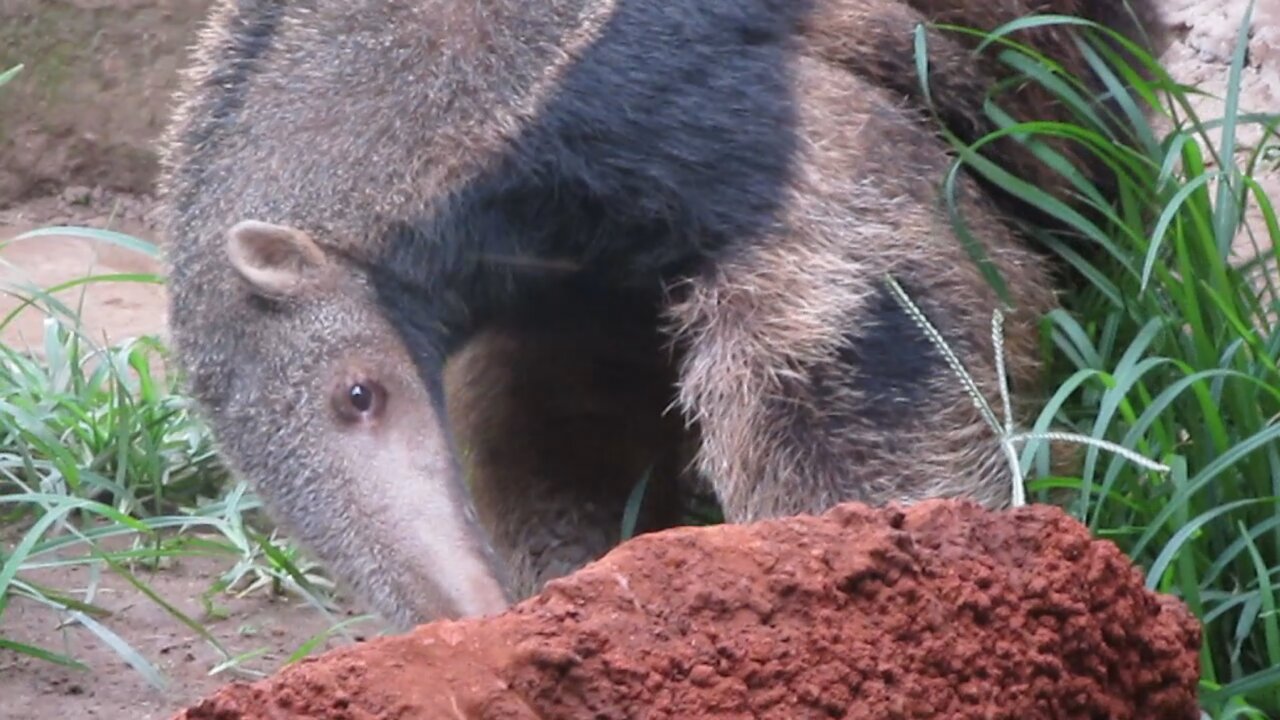
Young rescued anteater enjoying some tasty termite treats
This adorable 6-month-old rescued anteater lost her mother when she was very young and had to be rescued and hand-raised, which means getting bottle-fed to ensure she grows up healthy, but she also gets some termites every once in a while, and she absolutely loves it!
The Giant Anteater (Myrmecophaga tridactyla) is the sole extant member of the Myrmecophaga genus, but it shares the Myrmecophagidae family with two other species of anteaters: the Lesser Anteater (Tamandua tetradactyla), also known as the Collared Anteater, or Southern Tamandua; and the Northern Tamandua (Tamandua Mexicana). They share the Pilosa order with the Silky Anteater (Cyclopes didactylus), also known as the Pygmy Anteater, and sloths.
The Giant Anteater is the only terrestrial species of anteater; all the other three are arboreal. It is a solitary animal, but once the female gives birth, she carries her offspring on her back for about six months, when the young becomes too big.
Its tube-like rostrum and small mouth opening are highly adapted to its feeding habits. In spite of its name, the anteater also feeds on termites; it has no teeth, but a specialized tongue that allows it to eat up to 30,000 insects every day. The tongue is about 60 cm (2 ft) long and has tiny spines, pointing backwards, covered in sticky saliva, and it can be darted inside the mound for up to 150 times per minute. The claws are also used during feeding, digging holes in the mounds. Each colony is attacked for only about a minute, and then the anteater moves onto the next mound, so that it doesn't run out of food or gets bitten in the process.
It is native to South and Central America, and it can be found in various habitats, although it is listed as Vulnerable by the IUCN.
-
 0:43
0:43
NataliaCara
2 years agoIt's dinner time for this rescued immature Southern Elephant Seal
4261 -
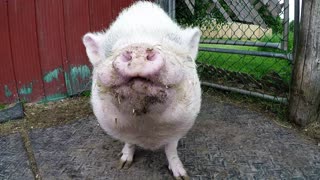 0:28
0:28
WildCreatures
5 years ago $18.16 earnedHilton the rescued pig adores his apple slice treats
18.5K5 -
 1:06
1:06
WildCreatures
6 years ago $4.82 earnedRescued pigs beg for treats & love at this amazing sanctuary
4.7K2 -
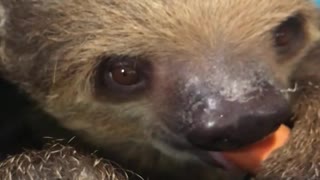 0:12
0:12
ViralHog
5 years ago $0.01 earnedSloth Enjoying A Snack
281 -
 0:28
0:28
ViralHog
5 years ago $0.52 earnedSqueaking Baby Squirrel Rescued
3.59K -
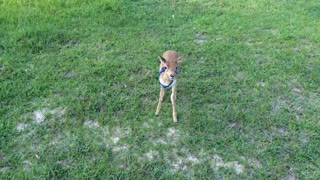 0:23
0:23
ViralHog
5 years ago $1.81 earnedRescued Antelope Plays with Pups
23.7K7 -
 1:35
1:35
theredbarnfarm
5 years ago $14.30 earnedRescued cow snuggling with her caretaker
4.56K -
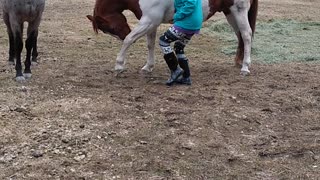 0:17
0:17
ViralHog
5 years ago $0.03 earnedClever Horse Can Bow for Treats
356 -
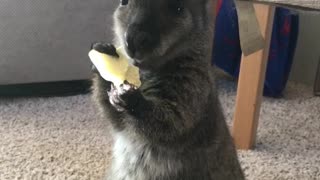 0:28
0:28
ViralHog
5 years ago $0.02 earnedYoung Wallaby Munches on A Potato Chip
234 -
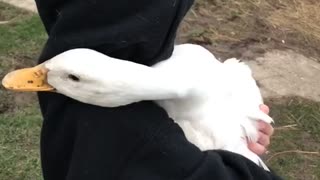 0:18
0:18
ViralHog
5 years ago $0.12 earnedRescued Duck Cuddles and Gives Happy Honks
610